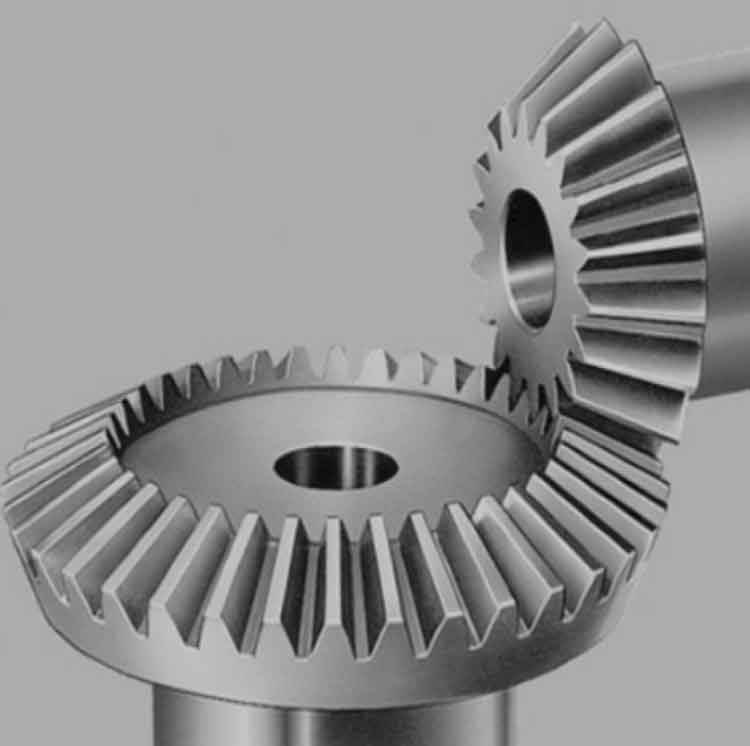
In straight bevel gear applications, noise reduction techniques are crucial to ensure smooth and silent operation. Excessive noise in gear systems can be attributed to several factors, including gear design, manufacturing tolerances, operating conditions, and lubrication. Here are some common noise reduction techniques employed in straight bevel gear applications:
- Gear Design Optimization: Proper gear design plays a significant role in reducing noise levels. Modifications can be made to the tooth profile, tooth size, and tooth spacing to minimize noise generation. Designing gears with an optimal number of teeth and selecting appropriate gear ratios can also help reduce noise.
- Precision Manufacturing: High-precision manufacturing processes help ensure accurate gear geometry and minimize variations in tooth dimensions. Strict quality control measures, such as tight tolerances and surface finish requirements, can reduce gear noise.
- Tooth Surface Finishing: Proper tooth surface finishing techniques, such as grinding and honing, can reduce surface irregularities and improve gear meshing, leading to reduced noise levels. Superfinishing processes like lapping or polishing can further enhance gear smoothness.
- Lubrication: Proper lubrication is crucial for noise reduction and overall gear performance. High-quality lubricants with suitable viscosity and additives should be used to ensure adequate film thickness and minimize friction and wear. Lubricant selection should consider factors like operating speed, temperature, and load.
- Noise Damping Materials: The use of noise damping materials, such as rubber or polymer coatings, can help absorb vibrations and reduce noise transmission. These materials can be applied to gear surfaces or incorporated into the gear housing or mounting structures.
- Preloading and Backlash Adjustment: Proper preloading and backlash adjustment in gear systems can minimize impact and reduce noise caused by excessive clearance between gear teeth. Precise control of meshing clearances is crucial for noise reduction.
- Vibration Analysis and Optimization: Analyzing gear vibration characteristics through techniques like finite element analysis (FEA) or experimental modal analysis can help identify noise sources and optimize gear designs accordingly.
- Enclosure and Isolation: Properly designed enclosures can contain noise within the gear system and prevent its transmission to the surrounding environment. Additionally, using isolation techniques, such as mounting gears on vibration-damping mounts, can reduce noise transmission.
- Dynamic Balancing: Unbalanced gears can generate noise and vibrations. Dynamic balancing techniques can help identify and correct imbalances, leading to quieter gear operation.
- Maintenance and Inspection: Regular maintenance, including gear inspection for wear or damage, is essential to prevent noise issues from developing. Timely replacement of worn or damaged gears can prevent excessive noise generation.
It’s important to note that noise reduction techniques may vary depending on the specific application, gear system requirements, and operating conditions. Consulting with gear design and manufacturing experts can provide valuable insights for optimizing noise reduction techniques in straight bevel gear applications.
